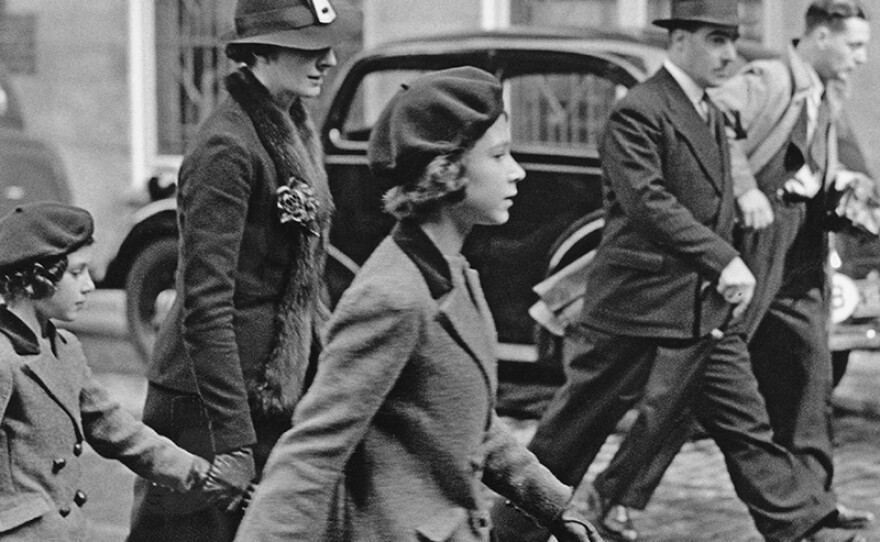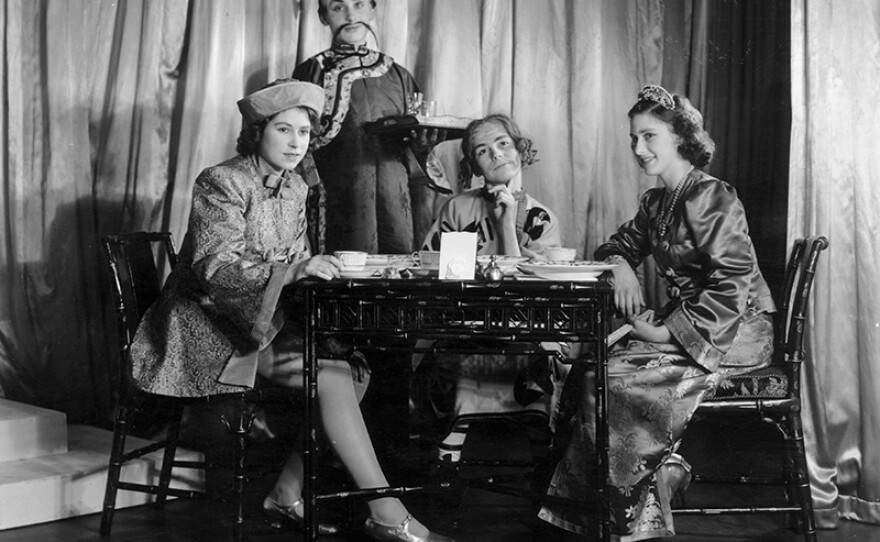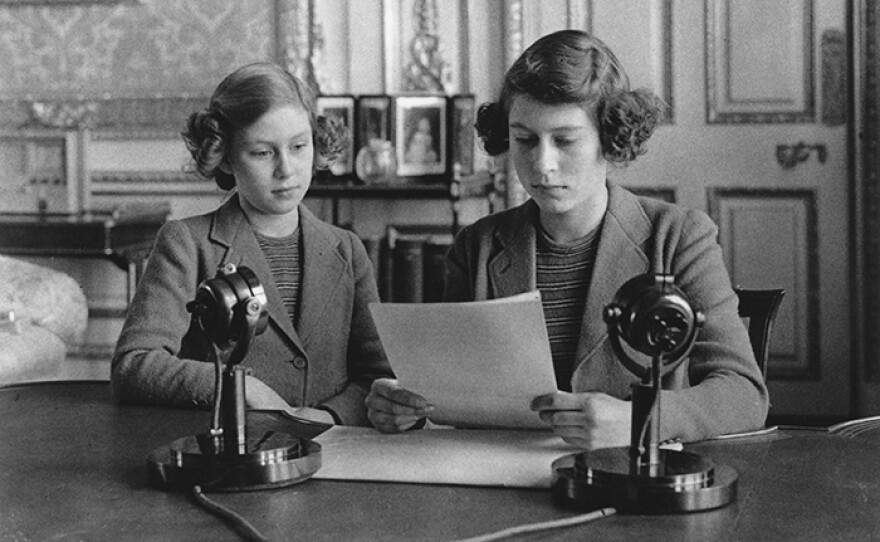—The Story of How a Shy Young Princess Elizabeth Became a Beacon of Hope for a Nation and Ultimately a Legendary Queen—
Seventy-five years after the end of the war in Europe, “The Queen At War” offers a fascinating look at how Princess Elizabeth — just 13 years old when World War II broke out — was set on her life’s path to become a legendary monarch.
Together with sister Margaret, the young princesses became symbols of hope for a nation wracked by a horrific war, the terrors of the Blitz and the relocation of over a million children.

By 1945, Elizabeth had been transformed from a shy girl into a confident young woman and proved her mettle as a driver and mechanic in the women’s branch of the army. She was also already in love with the handsome naval officer she would one day marry.
Told through the reminiscences of friends, including Lady Glenconner; royal biographers Christopher Warwick, Robert Lacey, Jane Dismore and Hugh Vickers; and others, the documentary features rare footage of the Queen’s war years culled from private and public collections.
Narrated by Phyllis Logan (DOWNTON ABBEY).
The longest-reigning monarch in British history — and the only current head of state to have served in the military during World War II — Queen Elizabeth’s life and character were shaped by the challenges of war.
Like many other English children, she was often separated from her parents, sent to ride out the frequent bombings in the relative safety of the countryside.

She too lost a family member when her uncle George, the Duke of Kent, was killed and her own parents survived a Nazi bombing of Buckingham Palace.
Like her fellow citizens, Elizabeth was determined to help the war effort. Speaking to the country on the radio, performing in fundraising pantomimes and serving in the military, the Princess led by example.
Royal biographer Christopher Warwick says this was “a morale booster to the nation because they could see the King’s eldest daughter, Princess Elizabeth, their future sovereign, doing what others were doing, what everyone else was doing — playing her part.”

The war years also saw the blossoming of Elizabeth’s enduring love story. Just two months before the outbreak of war in September 1939, the 13-year-old met a handsome 18-year-old naval cadet during a family tour of the Royal Naval College. Instantly smitten, the two wrote to each other throughout the war, during Phillip’s military service.
“Whatever it meant to her personally, it gave her this same sense of identity with so many other British women during the war,” says royal biographer Robert Lacey. “Their man — husband, fiancé, boyfriend — was away, risking his life, which Phillip did.”
It was during the war that Queen Elizabeth’s famous sense of duty emerged, transforming her into the leader her country needed.
“I think the war made Princess Elizabeth grow up like it made me grow up,” says Ron Batchelor, who as a child during the Blitz saw the King and Queen when they visited bombed out areas. “It made her closer to people, her subjects, and it made us closer to her because they had been in the war and right through the war, they were one of us. The royal family were one of us.”

Watch On Your Schedule:
"The Queen At War" will stream simultaneously with broadcast and be available on all station-branded PBS platforms, including PBS.org and the PBS Video App, available on iOS, Android, Roku, Apple TV, Amazon Fire TV and Chromecast.
Credits:
A BBC Studios Production for PBS and ITV. The program is produced and directed by Christopher Bruce. The executive producer is Chris Granlund. The editor is Laurence Williamson. John Shirley is assistant producer. Bill Gardner is the Executive in Charge for PBS.






